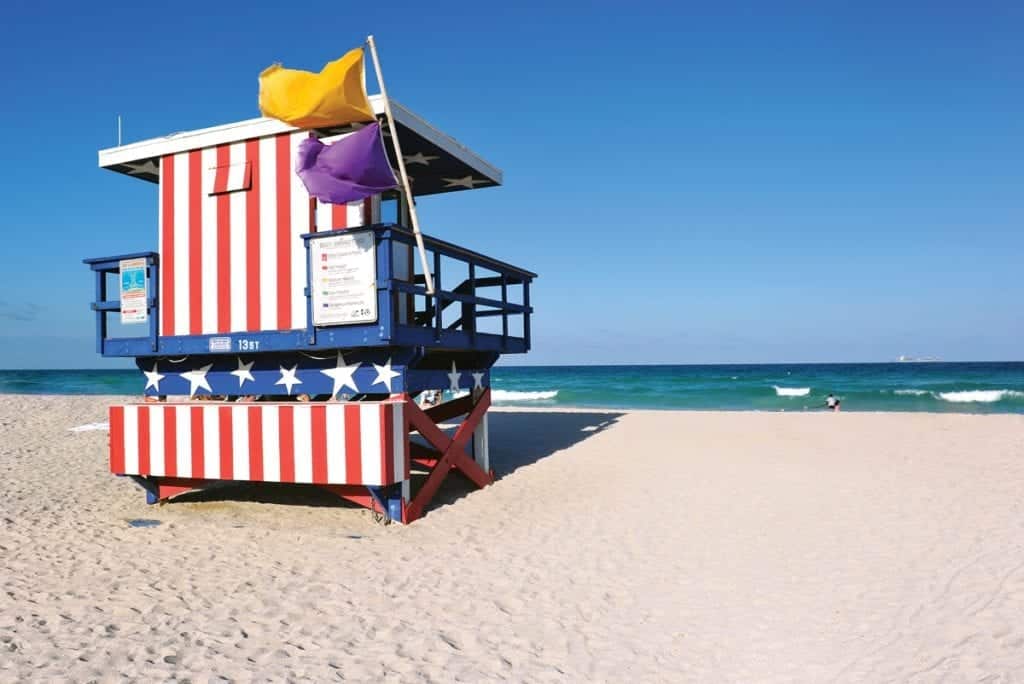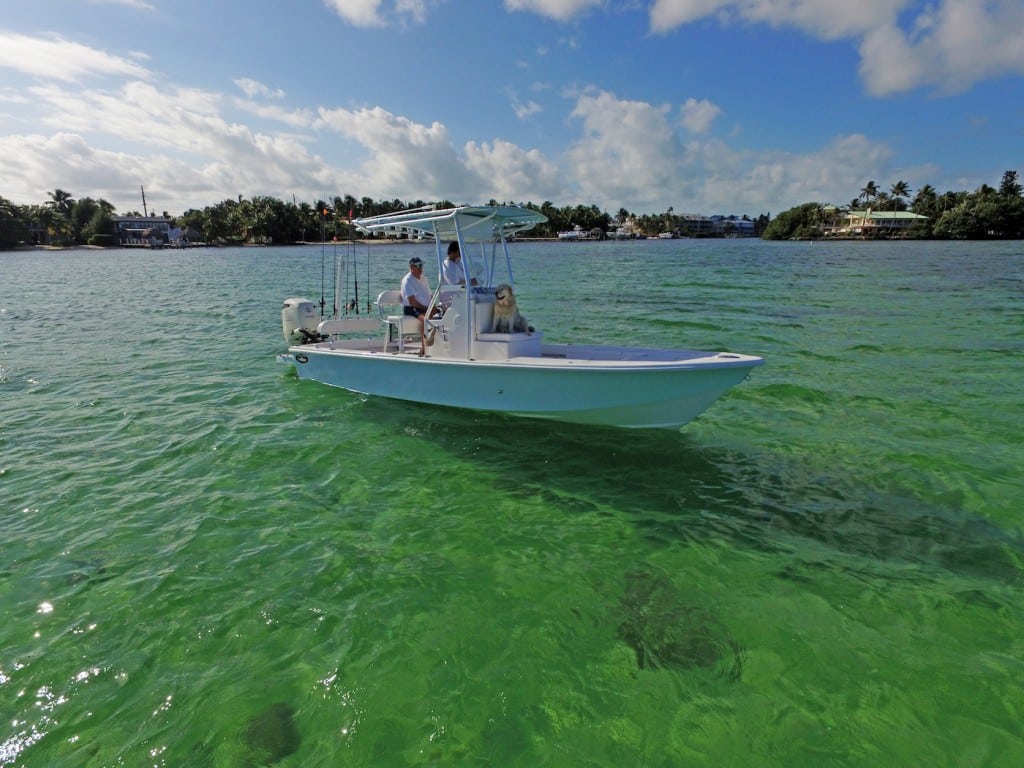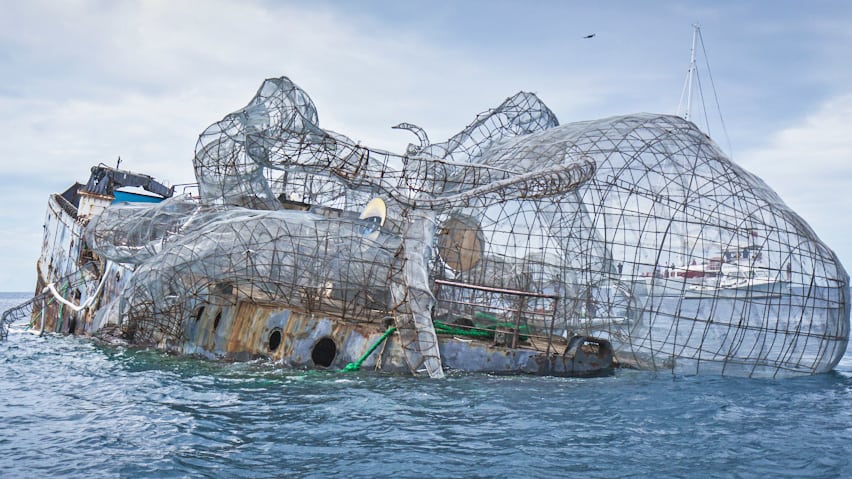Summer Beach Safety
A day of family fun can quickly head south if you’re not careful, so practice summer beach safety.
A day at the beach is a perfect family activity. But to make sure nothing spoils that fun day, remember that safety should always come first. Here are some things to have on your summer beach safety checklist.
Before you head out, check the beach forecast available from many media sources but usually derived from the National Weather Service’s (NWS) Surf Zone Forecast. Officially, the surf zone extends from the high tide level on the beach out to the seaward side of the shoreline’s breaking waves, typically the area for beachgoers.
There are certain weather hazards highlighted in the forecast. I have discussed thunderstorms, waterspouts, tropical cyclones, and even fog, but two of the more innocuous weather hazards present on seemingly great weather days involve the sun and the heat.
Not So Fun in the Sun
Sunlight contains ultraviolet (UV) rays that can cause a painful sunburn or even worse, skin cancer. The greatest risk occurs when sunlight is at its strongest, generally around
midday. Summer is the worst time for exposure. You can absorb UV rays even on days with a light cloud cover. The forecast will usually include the UV Index, which gives a
number to your risk. Values over 6 indicate a high risk of harm to unprotected skin, and values over 10, which are common in the summer, represent extreme risk with skin
damage likely within minutes.
For protection, use sunscreen (SPF 30 or higher) or sun protective clothing (UPF 30 or
more) with a wide brim hat and sunglasses. Heat alone can make you sick, sometimes seriously, and because the body cools itself by evaporating sweat, the amount of moisture in the air—the humidity level—is also important. The Heat Index combines these two factors into a “feels like” temperature. A heat index of 105 or higher is considered the Danger Zone and is often reached in summer.
Pay Attention to Conditions
To avoid heat-related issues, stay out of the sun as much as possible. It can be 10 to 15 degrees hotter in full sunlight. Limit outdoor activities during the warmest part of the day.
If you are active, take frequent breaks, wear light-colored clothing and always drink plenty of fluids. The beach forecast will also typically include water conditions, such as wave heights, tide information and water temperature. In terms of danger, the NWS may issue a High Surf Advisory or Warning.
An advisory signifies that “breaking wave action poses a threat to life and property within the surf zone.” Actual criteria for issuance vary by region. A warning denotes a “heightened threat to life and property within the surf zone.” The forecast will also include the risk of dangerous rip currents. Local beach patrol or lifeguards will post warning
signs if rip currents are present as will television and radio weather reports. Many popular beaches have beach cams which make it easy to go online and see conditions before you head out. For long trips, you may want to check local newspapers, etc., to find out if any unusual weather phenomenon is happening.
Know Your Flag
Beaches with lifeguards or those under supervision will display colored flags that depict water conditions. A green flag means it’s safe to swim. A yellow flag indicates moderate surf and/or currents. Weak swimmers should wear life jackets or stay out of the water. Better swimmers should still use caution. A red flag warns of high surf and/or currents. Any swimming is discouraged but not forbidden. A total beach closure would be indicated by a double red flag (or sometimes a sign showing a red circle with a line crossing through it over the image of a swimmer). If dangerous marine life is present (jellyfish, stingrays, sea lice, etc.), a purple flag will fly. Shark sightings would prompt a red or double red flag.
Awareness

tide will have warnings on various websites and beach forecasts. An advisory in these cases cautions people that they go into the water at their own risk. If conditions warrant,
a beach closure may be ordered for public safety.
If everything appears okay and you go in the water, you should still beware of “sneaker waves.” These are considerably larger waves. Sneaker waves occur along the beach or coast. They are actually quite common and remain small enough to just be a nuisance. Larger ones, however, can sweep people walking on the beach into the water.
Check Yourself
Suppose you are on a secluded beach with no lifeguard or signage. You must make the call if it’s safe. Surf and water conditions require observation and good judgment. Remember the tips for spotting rip currents: anything floating on the water, such as seaweed, foam or debris that is moving quickly out to sea, an area where the water color is decidedly different from its surroundings, an area where there is a break in the incoming waves or a noticeable channel where the water is churning and/or choppy.
Unfortunately, these indicators may not be readily apparent, or they might not exist at all.
Above all, never swim alone. If you can’t get the latest weather information, check the
skies. Look for the development of puffy cumulus clouds. This means thunderstorms may occur. See which way the clouds are moving to know if you’re at risk. Listen for thunder. If you see a lightning bolt, start counting until you hear thunder; every five seconds means a mile away.
The NWS recommends seeking shelter if a storm is within six miles. Always have a plan, a safe place to go or an exit strategy if bad weather threatens to avoid spoiling a fun day.
By Ed Brotak, Southern Boating,
July 2019












